Artificial Grass
If you want to enjoy spending time in the garden – without having to mow, water or weed the lawn – then artificial grass could be perfect for you.
Artificial grass is a synthetic alternative to real grass. Sometimes referred to as artificial turf, fake grass or synthetic grass, it looks very much like the real thing but doesn’t require anywhere near as much upkeep.
Though typically installed in gardens, our artificial turf is a brilliant way to add greenery to your outdoor spaces, as well as indoors and on rooftops.
show more
What are the benefits of artificial grass?
For homeowners with limited space in their garden or those who can’t (or don’t wish to) keep up with the maintenance required by natural lawns, synthetic grass is a smart choice.
Unlike real grass, artificial turf doesn’t need to be watered, fertilised or mowed to keep it looking good all year round. And the less time you need to spend maintaining your lawn, the more time you and your family can spend enjoying the garden.
The ease of maintenance can be a real boon for older or disabled people who might find it difficult to mow and maintain their lawn. Artificial grass won’t grow like natural grass, so it’s also ideal for those who spend a lot of time away from home – they won’t need to worry about coming home to an overgrown garden jungle!
Another great thing about fake grass is that the weather doesn’t have a direct impact on it. That means your lawn will look neat, tidy and green – regardless of the conditions.
If your four-legged friends dig holes in your real grass, you might be looking for a pet-friendly turf option. Synthetic grass can’t be dug up by cats and dogs and is unaffected by urine and animal waste. All you need to do is clean it using a light detergent and some water or suitable pet-friendly products.
How do I know which synthetic grass is the best?
When choosing artificial turf for your garden lawn, rooftop terrace or indoor area, there are a few factors you need to consider.
These include:
- What will your fake grass be used for?
There are numerous types of artificial grass, and each one has its own strengths and weaknesses.
Some are more hard-wearing than others, making them great for gardens that are used regularly. Other turfs are intended for aesthetic purposes only, which is ideal for areas that receive little foot traffic.
- What do you want your artificial grass to look like?
For a natural-looking lawn, it’s worth opting for a pile height between 30-38mm. Anything longer than this and the fibres will begin to lie flat, as opposed to standing upright.
Something else to consider in terms of the aesthetic appeal is the colour of synthetic grass. Most people opt for a lovely, luscious green that resembles their real lawn, but it’s entirely your choice.
Perhaps place samples where the turf will be laid so you can visualise what it will look like.
Get in touch
If you have any questions about artificial turf in general, or you’d like to know more about the synthetic grass we supply here at British Flooring, you’re welcome to contact us.
Either give us a call on 0203 325 9082 or email sales@british-flooring.co.uk, and we’ll be in touch as soon as possible.
show less
Showing all 6 results
-
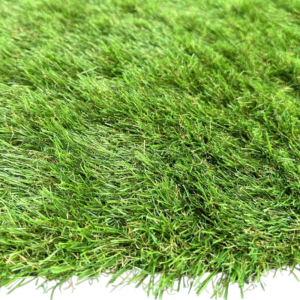
40mm Artificial Grass Luxury Astro Turf Realistic Design 1m Width Lawn
From: £39.46 Select options This product has multiple variants. The options may be chosen on the product page -
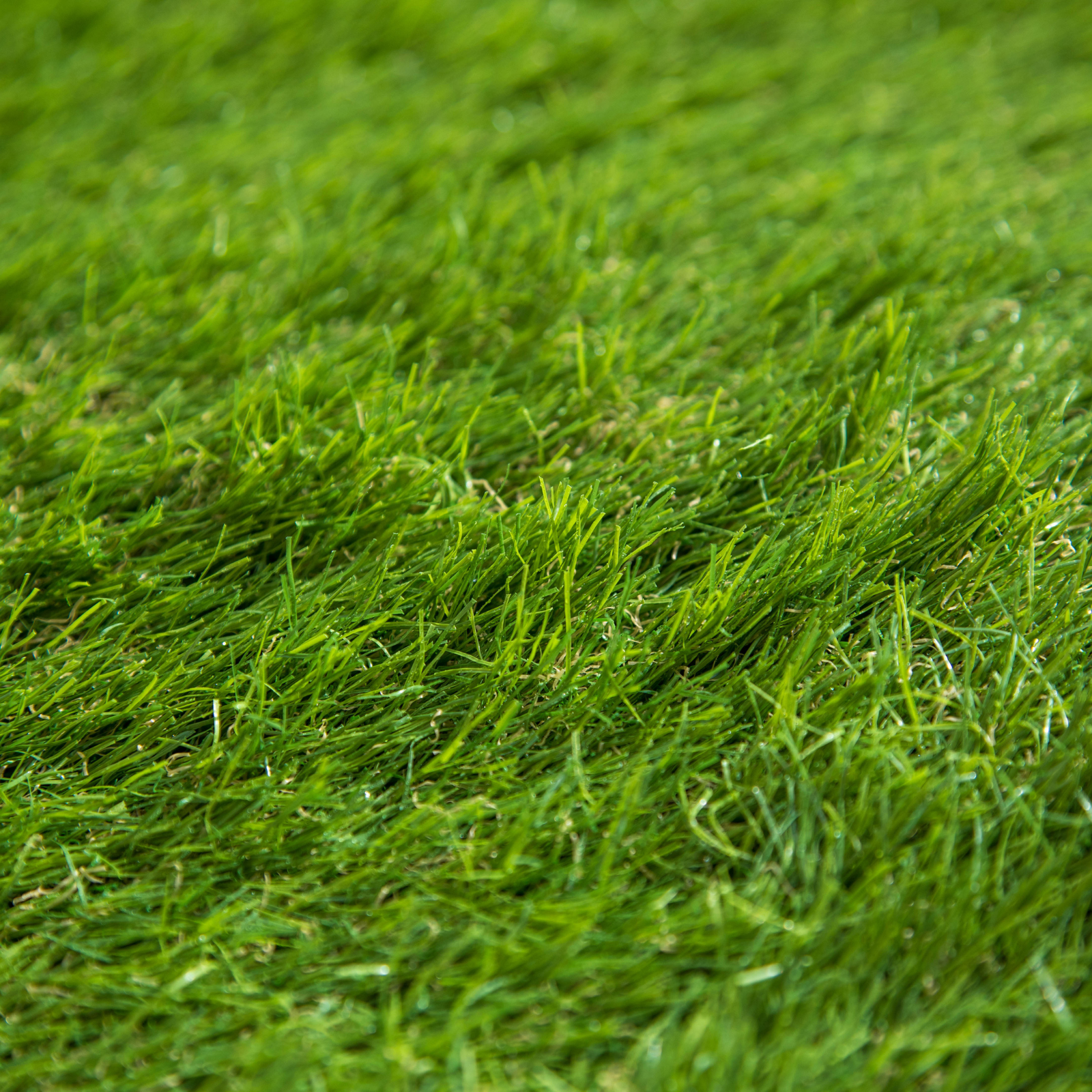
40mm Luxury Artificial Grass Astro Turf Hard Wearing Lawn Realistic Design
From: £39.96 Select options This product has multiple variants. The options may be chosen on the product page -
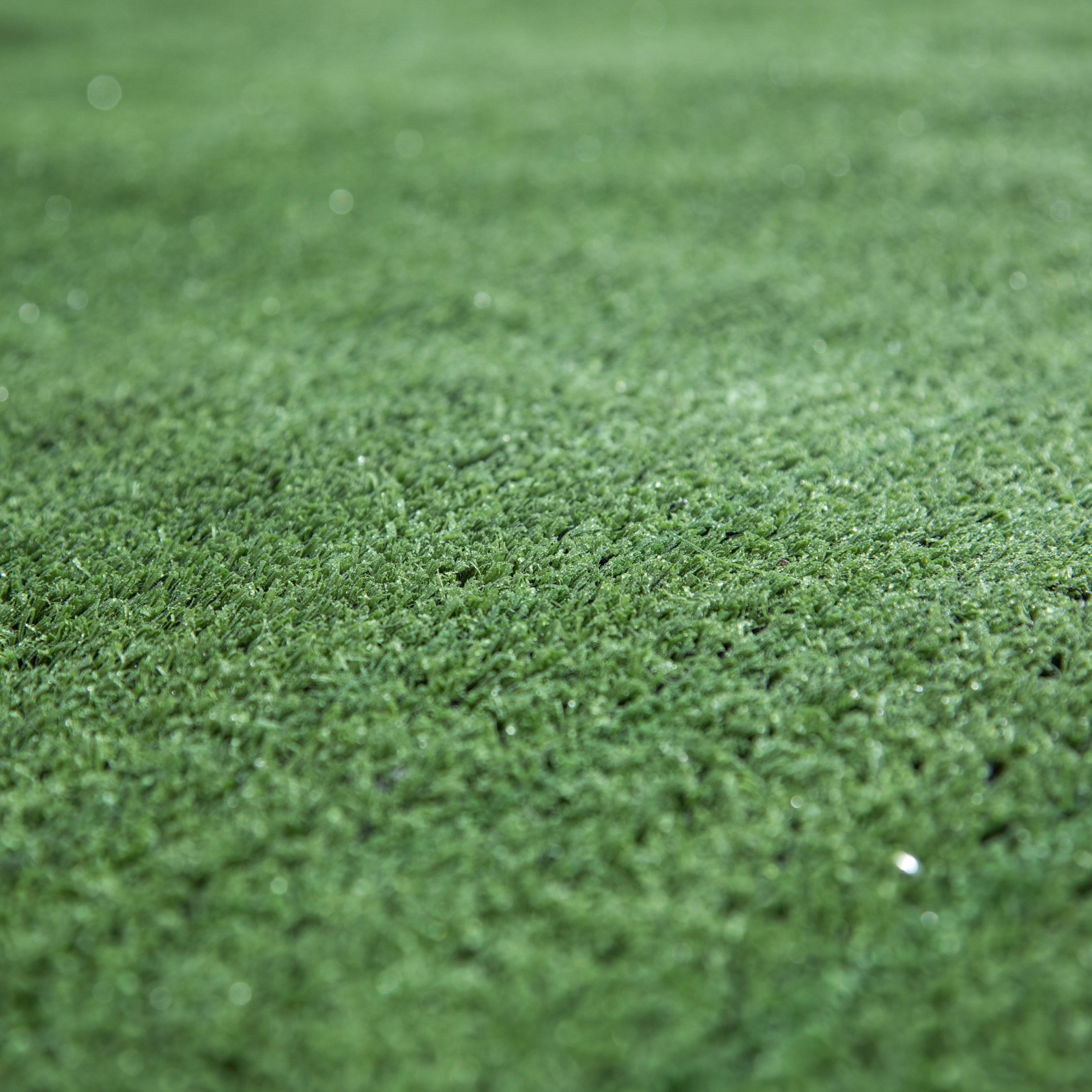
7mm Budget Artificial Grass Astro Turf Hard Wearing Lawn
From: £27.96 Select options This product has multiple variants. The options may be chosen on the product page -
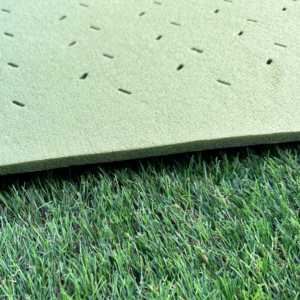
Artificial Grass GrassFlow Underlay 10mm
From: £35.55 Select options This product has multiple variants. The options may be chosen on the product page -
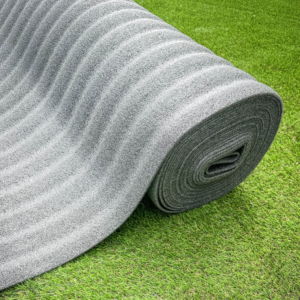
Artificial Grass Shock Pad Underlay 6mm
£39.50 Add to basket -
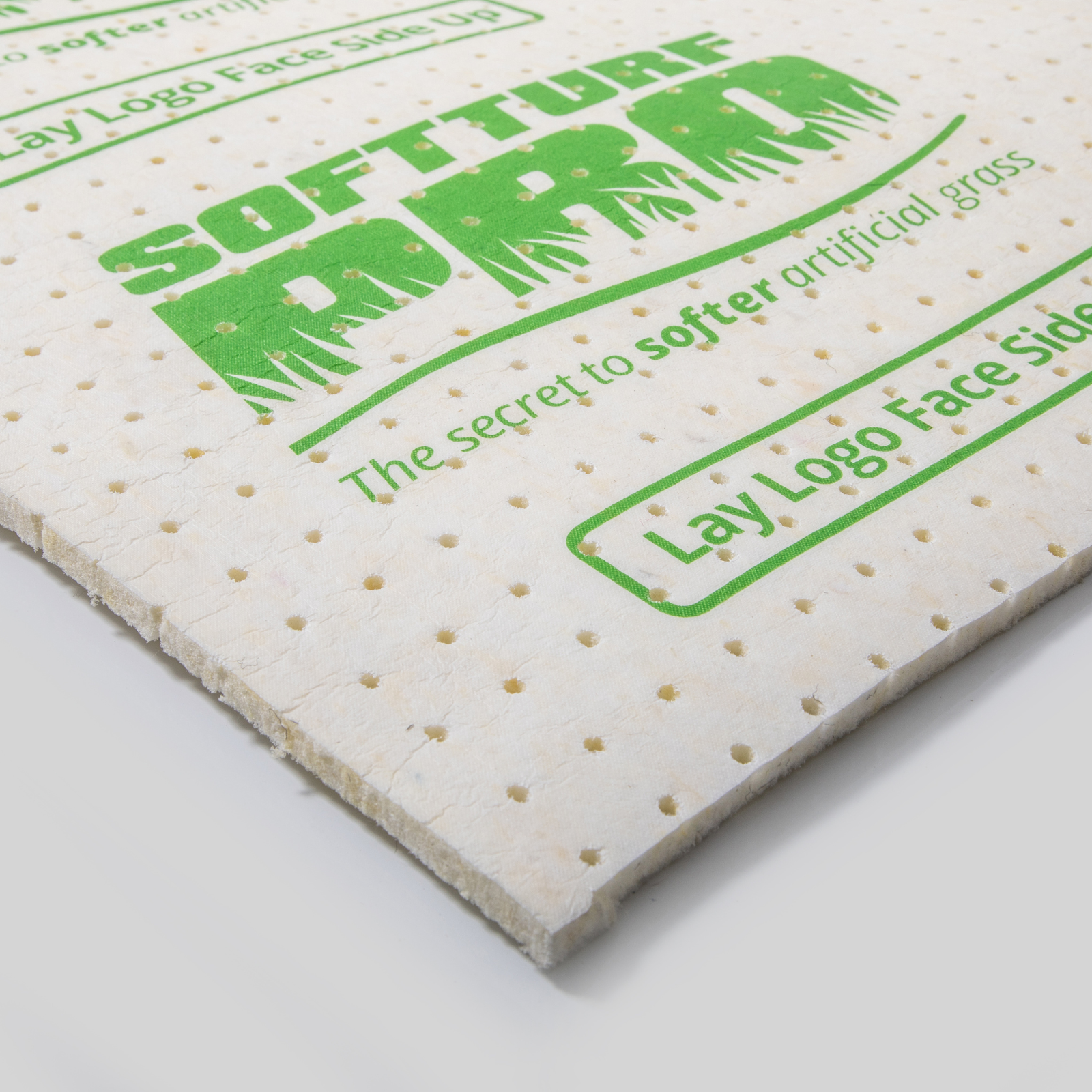
SoftTurf Artificial Grass Shock Pad Underlay 8mm
£69.99 Add to basket
Do I need to install an underlay for artificial grass?
You don’t need an underlay beneath your artificial turf – but it can have a huge impact on the way your lawn looks, feels and wears. For example, artificial grass underlay helps to speed up the installation process. It can be applied over the top of almost any surface (i.e. concrete or wood) and creates a base for your new lawn to be laid out. In addition to this, a good quality underlay will provide a bouncier and softer surface when installed underneath fake grass. This makes it perfect for walking, running, or just sitting and playing with the kids. Something else worth noting about artificial grass underlay is that it is a hard-wearing alternative to the real thing. It can prolong the lifespan of your turf – helping you to save money in the long run.
Is artificial grass expensive?
Artificial grass typically costs more than real turf. However, this can vary depending on the size and shape of your garden, the product’s pile height and weight, and who installs it. The larger your garden is, the more artificial grass you will need – and this will be reflected in the cost. A longer pile height will give you a fuller, lush green lawn whereas a product with a shorter pile height will provide your garden with a neater effect. Often, artificial grass with a shorter pile height will be cheapest as less plastic is used. To keep your costs down, you may consider installing fake grass yourself. However, if you don’t have the necessary skills and expertise, you could make a mistake. This will cost you more to rectify than hiring a professional in the first place. If you have any questions about artificial lawns and the cost of our products, don’t hesitate to get in touch. Either call us on 0203 325 9082 or email sales@british-flooring.co.uk, and we’ll get back to you.
How long does artificial turf last?
Artificial grass will last between 7 and 15 years, depending on the amount of foot traffic it receives. For example, if it’s located in an area in your garden that will be rarely walked on, it will last longer than an area that’s used frequently. A great way to make your artificial grass last longer is to opt for a higher-quality product. By making sure that it’s installed properly, you won’t need to worry about poor drainage or weed growth. Although fake grass doesn’t need as much maintenance as real grass, it still needs to be looked after. And making sure that pet waste is removed immediately will eliminate the risk of discolouration and damage. For more tips on how to make your artificial grass last as long as possible, talk to the team at British Flooring today.
How much artificial grass do I need?
Artificial grass is measured in m². To calculate how much you need, think carefully about the shape of the area you want to cover. If your garden is square or rectangular, figure out the length and width of your lawn in metres and multiply them. For circular gardens, start by measuring the width of the oval area and then measure the length of it. Multiply both of these dimensions together to find out how much artificial grass you need. Alternatively, if your garden is on an angle, measure the widest part in metres. Once you’ve done that, measure the longest part and multiply these measurements. After laying and cutting the turf to shape, you will end up with some wastage. However, it’s better to have a little excess than not enough. If you’d like to know more about artificial grass or you’re unsure how many rolls you need to buy, feel free to contact us via our online enquiry form. A member of our friendly team will get back to you as soon as possible.
